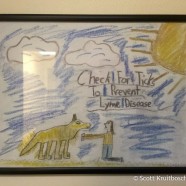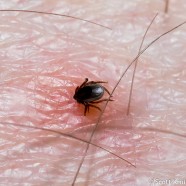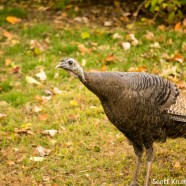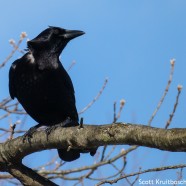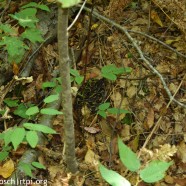Lyme Disease Sign
Here is a terrific educational notice that I enjoyed seeing on the wall during a recent veterinarian visit with my dog. Using artwork created by children to help teach the public educates both the visitors and the children who are creating it. We use the same outreach techniques in the Audubon Alliance for Coastal Waterbirds with signs drawn by hundreds of school children which we then laminate and post on beaches and offshore islands to let beachgoers and boaters know there are endangered birds nesting in the area. We certainly see less damage to them than other more generic, bland and...
Read MoreLyme Disease
I have Lyme disease. Thankfully most people have now heard of Lyme disease, but for those who have not, Lyme borreliosis is an infectious disease caused by bacteria of the Borrelia type and transmitted to humans (or pets!) by a black-legged/deer tick bite and subsequent feeding by the parasite. It typically takes 24 or maybe 36-48 hours of feeding for the disease to be transmitted if the tick is a carrier, though this is not a guarantee either direction. Lyme disease can cause flu-like symptoms nearly immediately, and if untreated they can be followed by severe headaches, joint and muscle...
Read MoreWild Turkey: vicious predator
‘Tis now the season for the Wild Turkey (Meleagris gallopavo). I have been regularly spotting a couple of groups lately, one with around 18 individuals and another with around 8. Here is one bird passing through on a showery and cloudy afternoon. It is hard to believe how rapidly the species has expanded in many areas in the last couple of decades. Is their population increase partially responsible for a decrease in some woodlands herpetofauna? I posted a great deal about Timber Rattlesnakes (Crotalus horridus) this summer, and would you believe this very turkey is a potential...
Read MoreAmerican Crow (Corvus brachyrhynchos)
The American Crow (Corvus brachyrhynchos) is one of those birds that are so well known to nearly everyone that we rarely stop to take the time to view them properly. Thankfully they are more common now in the east than they had been as the initial part of the 21st century saw significant losses to even this abundant species thanks to the West Nile Virus. Areas that were richer in species diversity saw fewer losses due to the virus, likely signaling the strength of a healthy ecosystem to battle a pathogen. Conservation needs to focus on certain species at times – as we at RTPI often do...
Read MoreApex predator or small meal?
When looking at a “teenage” Timber Rattlesnake from above like this it seems rather insignificant and certainly unimposing. We know it is a venomous snake, which may add a bit of intimidation, but we should also know it is shy, passive and uninterested in harming a human unless it is being directly threatened. At this time of year there are much smaller Timber Rattlesnakes – some less than a foot long – in the form of neonates. These newly-born young have fangs and venom but a significant percentage will perish in their first year from a variety of threats. Twan...
Read More



